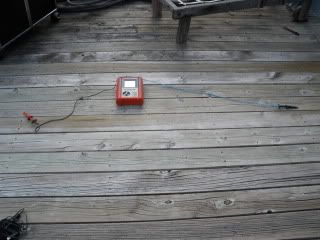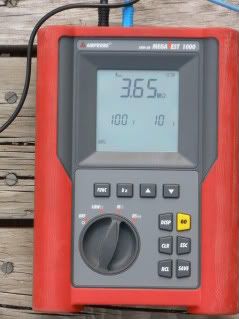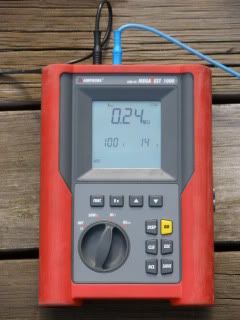As far as the grid being required under grass or soil it is 100% clear, it must have the grid. There is no gray area, the only unclear part is what happens when there is a wood deck.
What does 'unpaved surface' mean to you?:-?
Bob,
I'm in agreement with the definition of "unpaved surfaces" but please bear with me. I'm not trying to be argumentative here. I guess the problem I'm having with all this is that we're all assuming that we know and are able to pre-plan where a packaged spa tub is going to be installed. In a new installation, where none of the landscaping has been done or patios installed, we make the provisions for and install the EPBG, we set the tub down, make the proper electrical connections, fill the tub with water and off we go. We meet the Code requirements and everyone's happy.
Looking back at the OP
"It would be sitting on either dirt, or concrete", and not taking the possibility of any pre-existing conditions into account, if we look at this by your (and several others) interpretation of 680.26, you believe the NEC firmly states (or infers) that unless you plan to dig up the sod around the tub and install the EPBG or break up the concrete patio and install the EPBG don't bother setting the tub down here. I'm sorry, but I'm not one who
drinks the Kool-ade just because the NEC says so. If I think there's something wrong with the way a code section is written I'm going to stop and ask questions first before I take a drink and swallow.

I don't think this code section allows for any pre-existing conditions and needs to be revisited by the CMP. By the same token I'm not so smug as to believe I can boldly perform an installation of this type and pass an inspection without first clearing it with the State of NJ DCA and the local AHJ, but I think my argument is a valid one.
As far as wooden, Trex or Timber-Tech decking goes I still say that it not considered a conductive material irrespective of whether it's laying on soil or up on posts. Once you add water (rain or otherwise) to the mix I suppose you can make the argument that any material is conductive when wet when, in fact, it's the water or moisture content that would make current flow.
As usual, it's always fun going head to head with you and the others here in the forum. We got a lot of good responses and opinions on this topic.
Regards,
Phil




